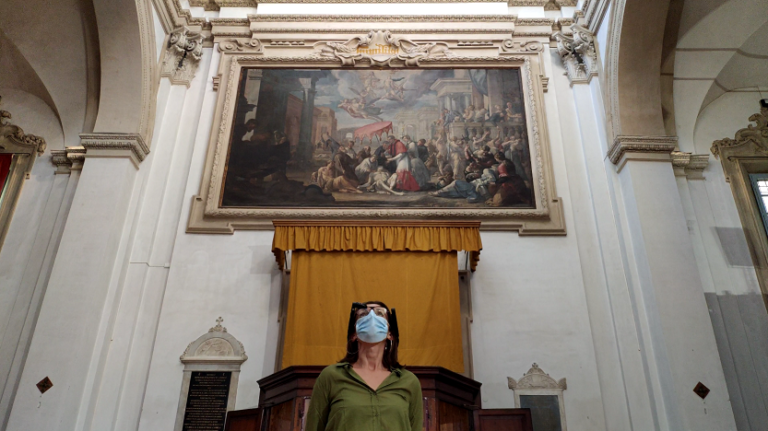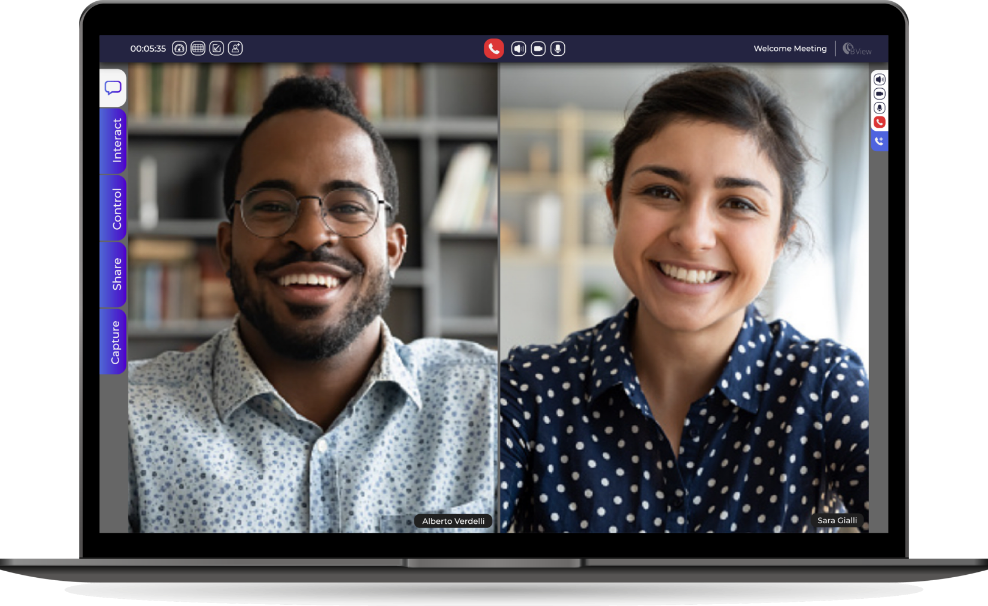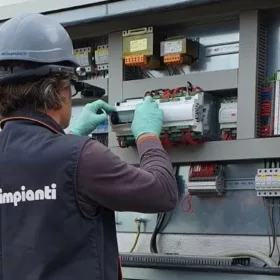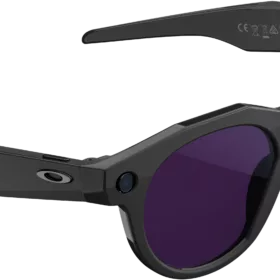The use of Augmented Reality in museums has opened new doors to the enjoyment of art, transforming the artistic experience into something extraordinary. This innovative form of interaction is in fact revolutionizing the way in which visitors approach works of art, offering engaging and educational experiences for both adults and children.
What is Augmented Reality
The use of Augmented Reality within museums allows visitors to take a leap into the past or move to remote places without ever leaving the exhibition hall
The introduction of Augmented Reality (AR) into museums and galleries offers a number of benefits that go beyond simply modernizing the museum experience
- Greater engagement: AR allows for more active engagement from visitors. Users can interact directly with works of art, access detailed information and participate in immersive experiences. This interactivity stimulates interest and enthusiasm, especially among younger people
- Accessibility and inclusivity: Augmented Reality makes art and culture accessible to a wider audience.
Visitors with disabilities, for example, can benefit from features such as audio description, subtitles and virtual guides, improving the experience for everyone and ensuring a more inclusive approach to enjoying art.
Furthermore, AR also allows remote visits to people with reduced mobility. This possibility not only broadens access for those who might otherwise be excluded, but also highlights the inclusive role of technology in offering equal cultural opportunities, even regardless of their physical location; - Expansion of knowledge: Augmented Reality allows visitors to access additional information, curiosities and contextualizations directly in their view, enriching understanding, interest and involvement in the analyzed work;
- Innovative Education: in educational settings, AR offers a revolutionary approach to learning. Schools can not only organize virtual visits to museums using Augmented Reality, but also allow students to explore details and in-depth information about works directly from their smartphone. This allows them to overlay details and information directly on the artwork they are observing, completely immersing them in the experience and stimulating interest and active participation in learning;
- Attracting new audiences: AR can help attract new audiences. In fact, the combination of traditional art and modern technology can be fascinating for those who may not usually visit museums or archaeological sites;
- Immersive experiences: the experiences offered by Augmented Reality not only add emotion and involvement to the experience, but completely transform the way users interact with the works, creating intense and lasting memories.
Use case
Pic+ AR for self-guided tours in Augmented Reality
Our Pic+ AR solution enables museums to create a range of experiences that allow visitors to learn independently and in an engaging way through Augmented Reality, thus creating unique cultural pathways.
Walking through the corridors, visitors will only need to scan a reference image through the app on their smartphone to receive content related to that artwork, anchored in the space around it.
By using visitor-owned devices to display experiences with Pic+ AR, facilities will also benefit from reduced instrumentation costs, providing an immediate and personalized level of information and entertainment.





